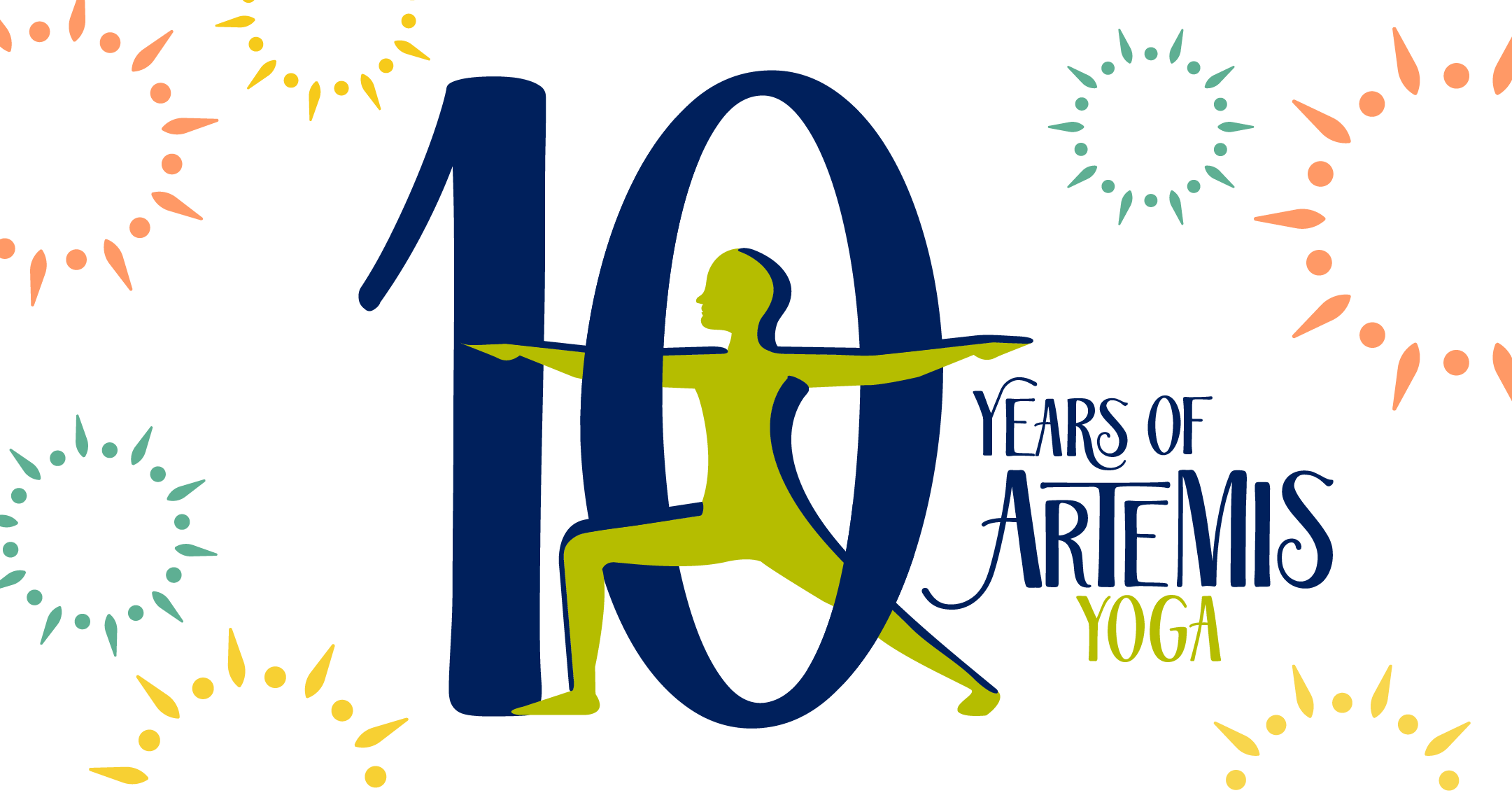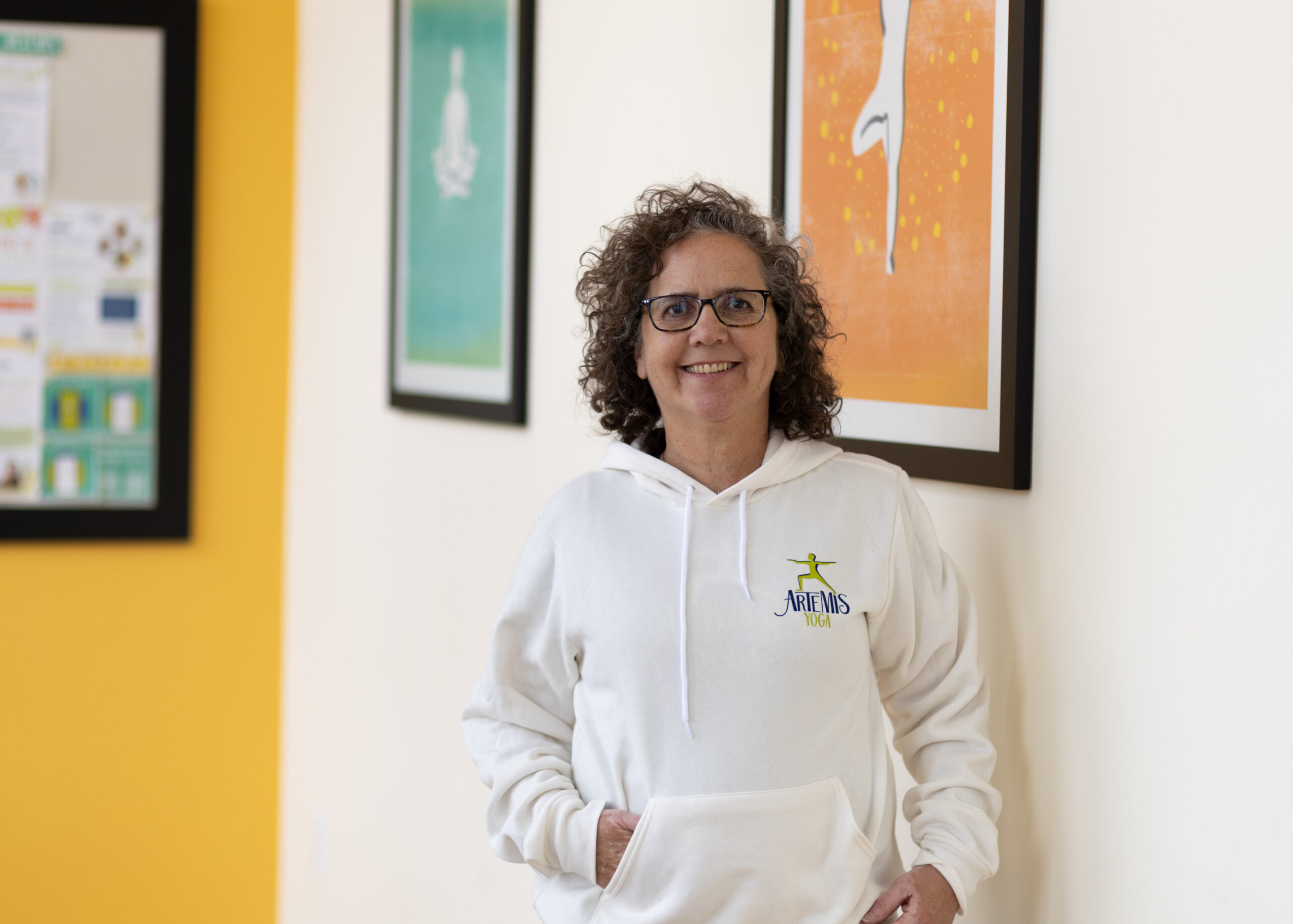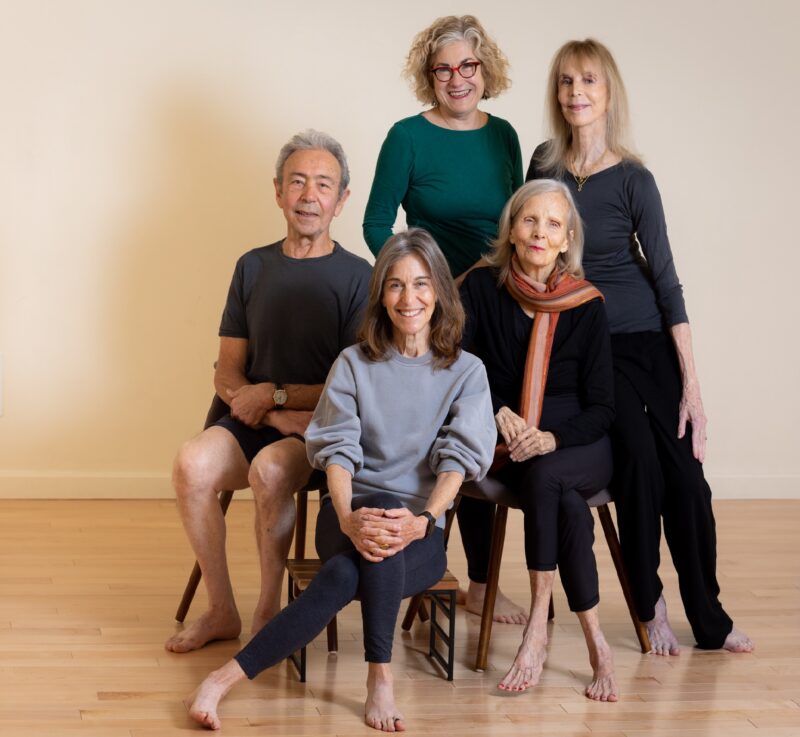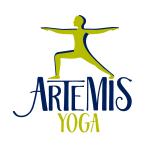Discover Artemis Yoga
Whether you have never tried yoga or have been practicing for decades, Artemis Yoga holds a place for you. It can be difficult to know where to begin with yoga, how to recommit to your practice, or where to start in a new studio. At Artemis Yoga, we are here to support you wherever you need guidance. Our students come to relax more deeply, stretch out tightness, quiet the mind, learn body positivity, meet friendly people, create a stronger mind-body connection, and carve out time for themselves. If any of these intentions resonate with you, then we welcome you to learn and practice with us. Continue reading for a class-by-class guide and specific recommendations based on your experience and what you are looking to gain from a yoga practice.
Where do I start if I’m new to yoga?

Flow Fundamentals: Geared towards beginners, these classes focus on the foundations and alignment of poses to gain a better understanding of poses. You will learn the basics and how to modify and use props so you will have the confidence to join other classes. The pace is slower and moderate. Many long-time practitioners also take this class to slow things down and reconnect to the basics.
Flow: Vinyasa Flow is a dynamic practice connecting breath to movement including sun salutations within an active sequence offering both challenge and moments of calm. In general, all of our instructors make poses accessible and provide modifications but some do have a faster pace or a more athletic theme. For beginners, we recommend weekday morning Flows.
Flow with Meditation: This class is very gentle and Alex usually teaches a simple Flow that can be modified to each person’s experience level, injuries, etc. Once you know some basic poses this would be a good class to try. It incorporates guided meditation as a core element to calm the mind and relax the body. The pace is moderate, steady, and calming.
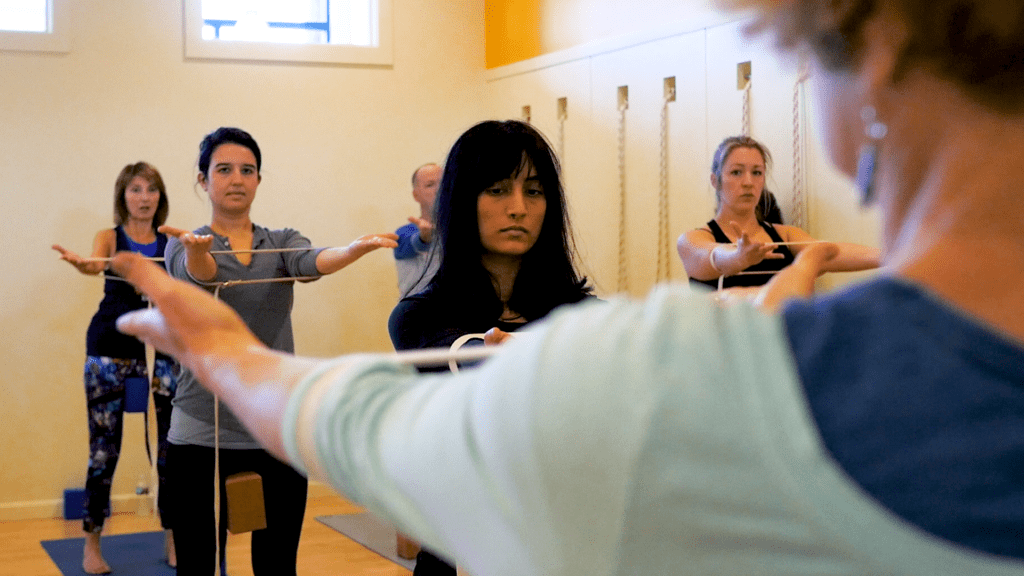
Iyengar: The pace is methodical and steady as the teacher sets up each pose with props. It’s technical and alignment-based to ensure that the pose is being done properly to gain strength and increase flexibility. These classes are more personalized with assists.
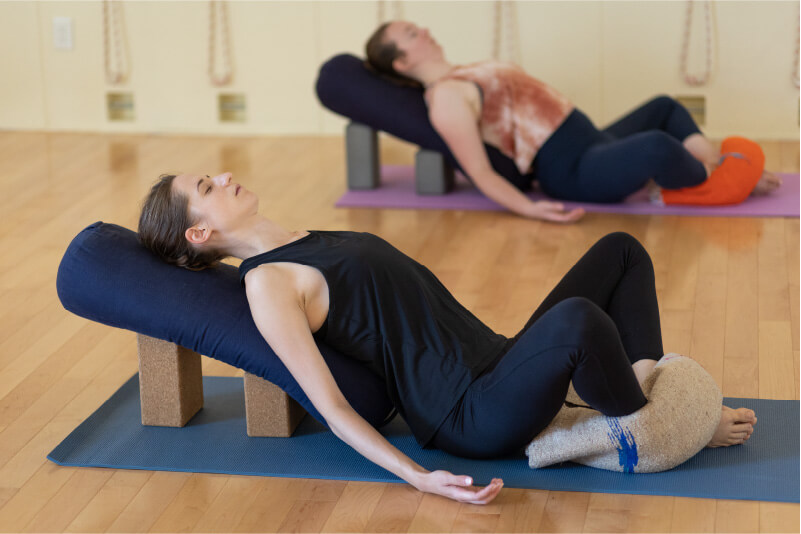
Restorative: This practice is designed to help slow your body down and initiate the body’s own relaxation response. With long, restful poses, Restorative features gentle opening poses and passive stretching, allowing you to connect with your breath and still your consciousness. It is done mostly on the floor, on your back, or seated with the support of bolsters, blankets, and blocks. You do not need any yoga experience for this class.
I want to move and get my heart rate up. Which classes should I take?
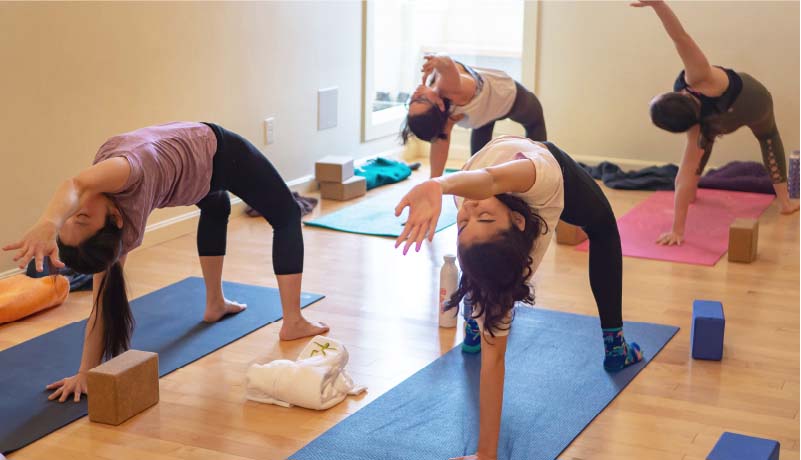
Yoga Empower: This class integrates flow with mat pilates and sculpt conditioning. It includes a variety of movements like forward folds, squats, planks, and intentional moments of rest and meditation, all to the beat of the music on a hand-crafted playlist.
Flow: You can make any Flow class more energetic by adding in Vinyasas between poses. However, some of our instructors do have a faster pace or a more athletic theme. For classes with more vigorous sequences, we recommend weekday evening and weekend morning Flows.
I have a solid yoga background and want to take it to the next level.
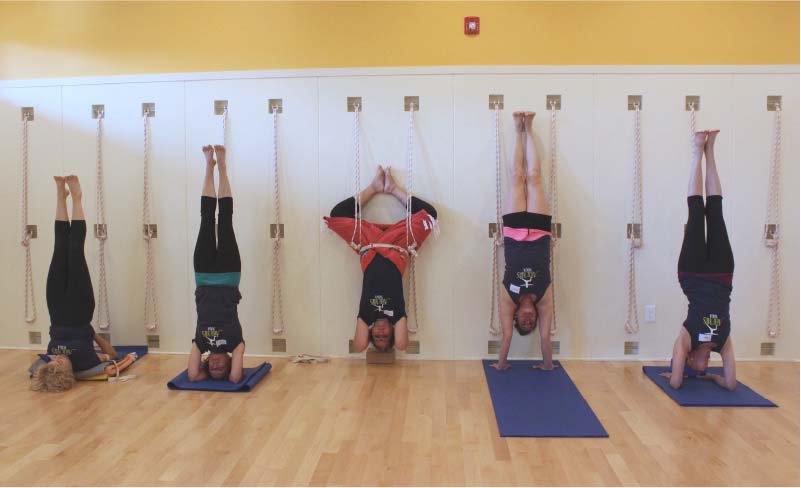
Continuing Iyengar: This class is for students with a regular yoga practice who are looking for more advanced poses like inversions. Props such as blocks, straps, blankets, and chairs may be used to enhance a pose or make it more accessible. The instruction is focused on detail and precision. The pace is engaging and active.
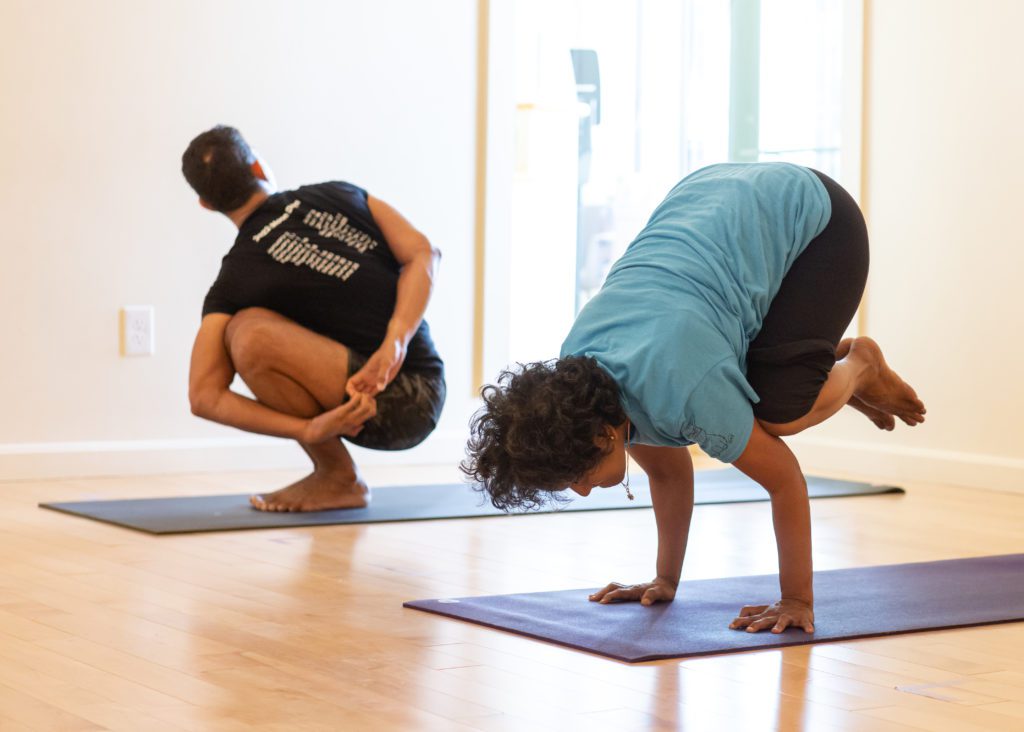
Ashtanga: Ashtanga Yoga is a structured class with a set sequence called the “primary series.” The sequence builds strength and flexibility while also cultivating mental focus and discipline. Students learn the “primary series” in an early morning practice in a self-guided approach with individual instructor guidance. Once a week, the teacher guides the full-sequence for the class together. The pace is active and vigorous.


